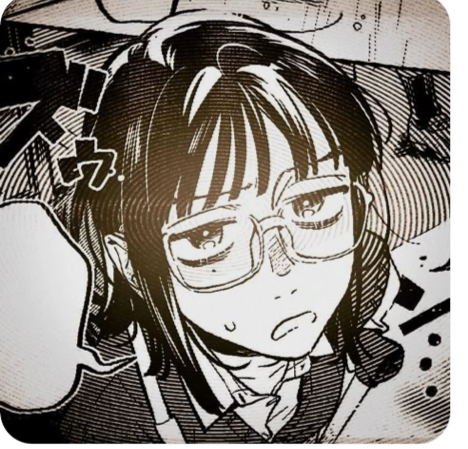Cold war
Cards (74)
- What was the Truman Doctrine?
- Who announced the Truman Doctrine?
- In what year was the Truman Doctrine announced?
- Why was the Truman Doctrine created?
- What was the post-WWII context in Europe?
- What was a significant cause of the Truman Doctrine?
- What actions by the Soviet Union increased U.S. fears of communism?
- What specific events heightened U.S. fears of communism?
- What strategy did the U.S. adopt to combat communism?
- Who outlined the ideas that influenced the containment strategy?
- What was one effect of the Truman Doctrine on U.S. foreign policy?
- Which countries received U.S. support under the Truman Doctrine?
- What did the Truman Doctrine lead to in 1948?
- What was the purpose of the Marshall Plan?
- How did the Truman Doctrine affect Cold War tensions?
- What global division did the Truman Doctrine contribute to?
- What role did the U.S. assume due to the Truman Doctrine?
- What long-term impact did the Truman Doctrine have on U.S. involvement?
- What were the main causes of the Truman Doctrine?
- What were the main effects of the Truman Doctrine?
- What role did post-WWII Germany play in U.S.-USSR tensions?
- What were the key issues regarding the division of Germany after WWII?
- How was Germany divided after WWII?
- What did the U.S. and its allies want for Germany's future?
- What was the Soviet Union's aim for Germany?
- How was Berlin divided after WWII?
- What was the Berlin Blockade?
- What was the significance of the Berlin Airlift?
- How did the Berlin Blockade heighten Cold War tensions?
- What was the Soviet view on capitalism?
- How did the Western view differ from the Soviet view?
- What was established in West Germany in 1949?
- What was the response of the Soviet Union to the formation of West Germany?
- What did the division of Germany symbolize during the Cold War?
- How did the division of Germany contribute to military alliances?
- What were the consequences of the division of Germany on the Cold War?
- What was the primary source of tension in the Cold War related to Germany?
- How did the division of Germany exemplify the Cold War conflict?
- What significant event contributed to tensions between the USA and Soviet Union in the Cold War?
- Why was currency reform necessary in West Germany after WWII?
